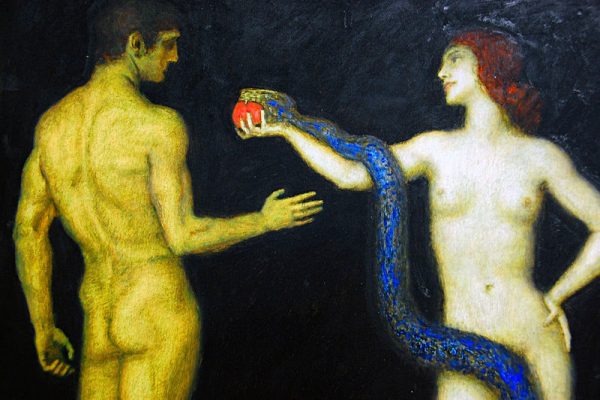In her 2022 International Booker Prize-winning novel, Tomb of Sand, Geetanjali Shree writes, ‘Anything worth doing transcends borders.’ It is a sentiment that encapsulates the novel, which has gone on to establish itself as a paradigm of experimental South Asian literature. Originally published as Ret Samadhi in 2018 in Shree’s native language, Hindi, Daisy Rockwell’s translation brings this story about family and loss to an Anglophone audience.
Since her 1993 breakout novel, Mai, which follows three generations of women within the same family, Shree has tirelessly explored what it means to be a woman in Indian society, penning five novels and several short stories which traverse the nuances of intersectional womanhood. Tomb of Sand is no different. At the heart of the story is an octogenarian matriarch, referred to simply by the Hindi designation for mother – Ma. The novel begins at a glacial pace, reflecting Ma’s bedridden inertia as she mourns the death of her husband. She eventually reawakens, both physically and in terms of her outlook on life. In her acceptance of modernity, Ma seems to age in reverse, breaking with tradition as she takes up residence with her daughter, instead of her son. Her newfound freedom is reflected in her friendship with Rosie/Raza, a hijra, and it is this bond which acts as a catalyst for the novel’s grand odyssey: Ma’s return to the Pakistan of her youth.
The traumatic legacy of India and Pakistan’s Partition looms in the background of Tomb of Sand, understated yet at the forefront of the story’s emotional framework. The latter half of the novel centres around Ma’s tragic memories of Partition and her attempts to reconcile with the devastation and pain, but Shree’s humour provides a light-hearted counterpoint to the otherwise sombre subject matter. Shree is an author who rides the waves and metrics of writing, surprising even herself with the novel’s structure and plot. She describes the creative process as subconscious, as if the story has a life of its own, an entity that uses her as a conduit to make itself heard. Her laissez-faire attitude is mirrored by the novel’s tongue-in-cheek social commentaries and forgoing of a linear narrative, instead bouncing between narrators (often non-sentient, like a pair of Reeboks) and time frames to satirise the banalities of everyday life.
This interview took place over the course of 2022 – a whirlwind year for Shree. In the wake of winning the Booker, Tomb of Sand’s reception in literary spheres around the world embodies the novel’s goal of building bridges over borders. It is also testament to Shree’s ability to blend tragedy with comedy and love with resentment, a mixing of genres and emotions reflective of the human condition. As she aptly writes: ‘Life exists because there’s death, and joy because there’s sorrow.’




